John Hurrell – 6 October, 2016
Rules of Play (2009-2014) is basically a dissertation on the risks of building nuclear power stations and oil drilling operations in the hypersensitive Rim of Fire region that skirts around the edge of the Pacific basin, especially in the region of northern Japan and eastern Russia. However text and image don't always obviously correlate, and so viewers have to put two and two together in their own way. They figure out what they are looking at and how that conceptually relates to the underlying discussion on Japanese eruptions and earthquakes.
Rules of Play (2009-2014), is a close cousin to Transit, the film Susan Norrie showed here in 2014, only this time there is more night-time photography, much less variation in thematic content (no demonstrations, fewer rockets, no earthquake imagery), and a far greater significance placed on one single voice - in this case a volcanologist’s independent textual commentary - running along the bottom.
Some of the text discusses the impact of the 1914 Taisho eruption which formed a peninsula joining the still active Sukurajima Island to the mainland, and how Japan itself was made by erupting volcanoes. It also mentions the possibility of power stations creating electricity through exploiting steam from still cooling magma, pointing out that the seismic processes never cease.
In fact Rules of Play (2009-2014) is basically a dissertation on the risks of building nuclear power stations and oil drilling operations in the hypersensitive Rim of Fire region that skirts around the Pacific basin, especially in the region of northern Japan and eastern Russia. However text and image don’t always obviously correlate, and so viewers have to put two and two together their own way. They figure out what they are looking at and how that conceptually relates to the underlying discussion on Japanese eruptions, earthquakes, tsunamis and related seismic and geothermal activity.
Norrie‘s imagery is set in the subarctic Hokkaido region and on Sakhalin Island near eastern Russia. It shows the constant monitoring of volcanic activity, scientists watching craters with telescopes, barges being filled with hot volcanic ash, and labourers loading up launches with bags of what looks like phosphate. We see Sakhalin peppered with LNG tanks, its lights glowing in the dark, oil tankers gliding across the still dark water, and plastic coated men harvesting pens of Chum salmon and weighing the produce.
In many ways this film, while exploring its various ecological, geological and economic themes, is also continuing Norrie‘s previous well known incarnation as a painter. She obviously is fascinated by the effects of light, for there is a Joseph Wright (of Derby) feel to much of it, especially as most of the film uses artificial light outdoors at night-time. It focuses on various industries blissfully ‘playing’ above the ominously volatile seismic belt (as if the geological ‘rules’ below did not exist), subtly emphasising the precariousness of human and ecological survival in the face of regularly re-occurring volcanic movement.
John Hurrell
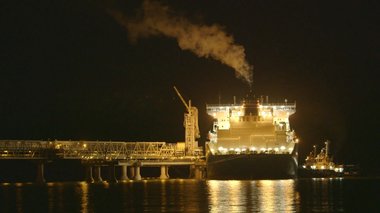
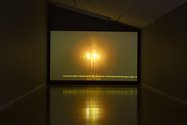

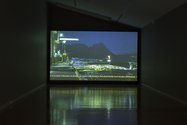
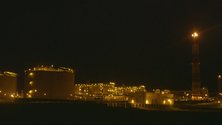
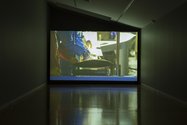
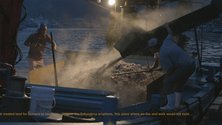
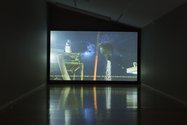
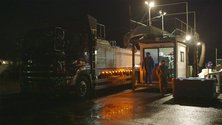
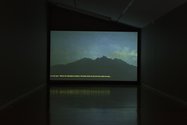
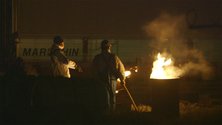

 Two Rooms presents a program of residencies and projects
Two Rooms presents a program of residencies and projects Advertising in this column
Advertising in this column



This Discussion has 0 comments.
Comment
Participate
Register to Participate.
Sign in
Sign in to an existing account.